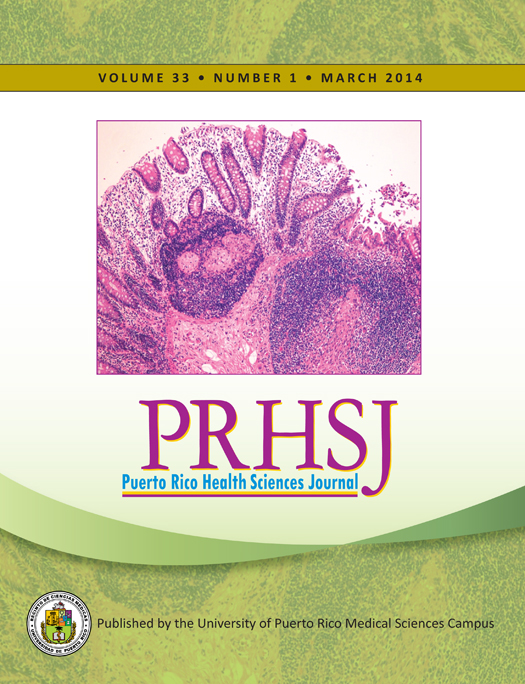Abstract
Objective: Statins, which appear to have anti-inflammatory and immunomodulatory effects, may benefit patients with rheumatoid arthritis (RA). Our study sought to determine the association of statins use with disease activity and functional status in a group of patients with RA. Methods: A cross-sectional study was performed in 209 Puerto Ricans with RA (per the 1987 classification criteria of the American College of Rheumatology). Demographic features, lifestyle related behaviors, disease activity (per Disease Activity Score 28), comorbid conditions, functional status (per Health Assessment Questionnaire), pharmacologic therapy, and patients’ and physicians’ global assessments using visual analogue scales, were determined. Data were examined using univariate, bivariate, and multiple logistic regression analyses. Results: The mean (standard deviation [SD]) age of the study population at study visit was 56.8 (13.5) years (range: 24-86 years); 175 patients (83.7%) were women. The mean (SD) disease duration was 10.4 (9.5) years (range: 0.0-44.0 years). Thirtytwo (15.3%) patients were using statins at study visit, and 36 (17.2%) had used statins in the past. In the multivariable analysis, the current use of statins was associated with higher functional status (odds ratio 0.42, 95% confidence interval 0.22-0.80) than was nonuse, after adjusting for age, disease duration, arterial hypertension, coronary artery disease, and dyslipidemia. No association between either current or past use of statins and disease activity was found. Conclusion: In this group of RA patients, the current use of statins was associated with a higher functional status; conversely, no association was found between statins use and disease activity. However, larger and longitudinal studies are required to confirm these findings.
Authors who publish with this journal agree to the following terms:
a. Authors retain copyright and grant the journal right of first publication with the work simultaneously licensed under a Creative Commons Attribution License that allows others to share the work with an acknowledgement of the work's authorship and initial publication in this journal.
b. Authors are able to enter into separate, additional contractual arrangements for the non-exclusive distribution of the journal's published version of the work (e.g., post it to an institutional repository or publish it in a book), with an acknowledgement of its initial publication in this journal.
c. Authors are permitted and encouraged to post their work online (e.g., in institutional repositories or on their website) prior to and during the submission process, as it can lead to productive exchanges, as well as earlier and greater citation of published work (See The Effect of Open Access).
